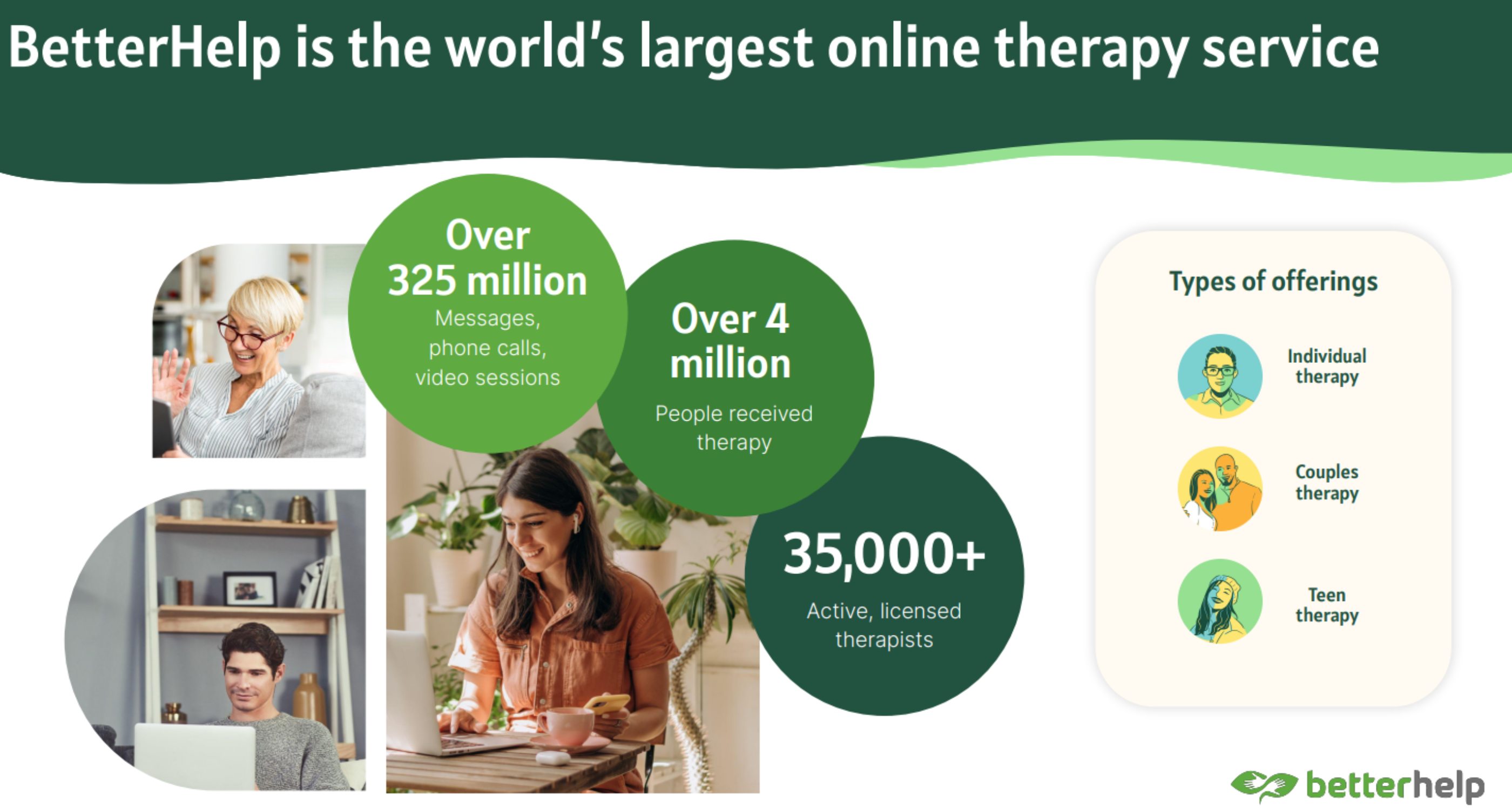Signs You Grew Up in a Dysfunctional Family
If you’ve ever wondered whether your childhood was “normal,” you’re not alone.
Dysfunctional Family. Many people raised in challenging family environments have normalized their experiences, questioning their perceptions rather than the dysfunction itself. “My father yelled a lot, but all parents get angry, right? My mother drank, but she still made dinner most nights.” The normalization of dysfunction is often its most powerful legacy.
Recognizing patterns from challenging family systems often begins with noticing disconnections between your internal experience and what you were told was happening.
Perhaps you learned early that your perceptions—”Dad seems really angry” or “Mom seems sad”—were often contradicted: “Don’t be ridiculous, I’m fine.” This creates a lingering confusion about what’s “normal” and a tendency to doubt your own reality.
Your body often recognizes these patterns before your conscious mind does.
You might feel inexplicably tense in certain social situations, find yourself scanning environments for signs of conflict, or notice you’re holding your breath when someone raises their voice—even slightly. These physical responses reflect adaptations that once helped you navigate unpredictable family dynamics.

You might experience seemingly “irrational” panic attacks in specific contexts—
perhaps during performance reviews at work, despite consistently positive evaluations. This might connect to experiences of sitting at the dinner table while a caregiver unpredictably criticized your performance—sometimes praising achievements, other times berating you for not doing better. Your panic isn’t irrational but a body memory triggered by evaluation situations, regardless of their actual safety.
Or perhaps you grew up in what appeared to be a perfect family—materially comfortable, academically successful, active in the community.
Yet you struggle with chronic digestive issues and insomnia. Beneath the polished exterior, your family might have maintained rigid emotional rules: never show vulnerability, never acknowledge problems, maintain the image at all costs. Your physical symptoms may be expressing what your family system couldn’t allow into words.
Healing Exercise #1: Reality Anchoring Practice
When you find yourself doubting your perceptions or feelings, try this grounding technique:
-
Place both feet firmly on the floor and say aloud: “This is what I’m experiencing right now…” followed by your observation or feeling.
-
Then add: “…and this experience is valid.”
For example: “I’m feeling uncomfortable with how my friend spoke to me, and this experience is valid.” This simple practice strengthens your connection to your internal reality, countering the gaslighting that often occurs in dysfunctional systems.
Healing Starts When You Stop Explaining Yourself
Healing Exercise #2: The Family Patterns Inventory
Create a list of “family rules” from your childhood—both spoken and unspoken.
Examples might include:
-
“Never talk about problems outside the family”
-
“Always put others’ needs first”
-
“Never show anger”
For each rule, explore:
-
How does this rule still operate in my life today?
-
How does it affect my relationships?
-
What happens in my body when I consider breaking this rule?
This inventory brings unconscious patterns into awareness where they can be evaluated and potentially released.
Healing Exercise #3: The Safe Container Meditation
Find a quiet place where you won’t be disturbed. Close your eyes and imagine creating a protective container around your younger self—the child who experienced your family dynamics. This container might be a bubble of light, a beautiful garden with a gate, or any image that feels protective. Tell this younger part:
“You’re safe now. I’m here, and I can see what happened clearly. You’re not alone anymore.”
Practice this visualization daily, adding specific reassurances related to your particular family experiences.
Healing from family dysfunction happens through creating new experiences that directly contradict early conditioning.
If you grew up with caregivers who invaded your privacy—reading your journal, entering without knocking—leaving you with a deep sense that you had no right to personal boundaries, a significant healing moment might come when a roommate accidentally opens your mail and then immediately apologizes, clearly distressed by the boundary crossing. This interaction shows your nervous system that boundaries can be both real and respected.
Physical practices are particularly important in healing family dysfunction,
as these patterns are held in the body. Regular movement that feels pleasurable—not punitive—helps release stored tension from chronically activated nervous systems. If you grew up in a home where relaxation was labeled “laziness,” simply allowing yourself to rest without productivity might become a radical act of healing, requiring daily practice to counter the physical restlessness that arises whenever you try to relax.
Notice the language you use about yourself,
particularly absolutist terms like “always” or “never” that often reflect family messaging: “I always mess things up” or “I never deserve support.” Challenge these internalized voices by asking:
“Is this actually my experience, or is this what I was told about myself?”
This distinction helps separate your authentic self from the identities assigned to you within your family system.
Remember that healing isn’t about perfectly resolving the past or creating an idealized life story.
It’s about developing enough awareness and compassion to recognize how your experiences shaped you, without remaining limited by them. Your childhood happened exactly as it did. What’s changing is that now you can hold it with tenderness instead of shame. From that tenderness, you’re building something new.

Keywords: Dysfunctional Family, polyvagal theory, gestalt therapy, psychotherapy, parents, parental trauma, somatic experiencing, Licensed therapist near me in Manhattan NYC, Affordable therapy services in New York State, Holistic psychotherapy sessions in NYC, Somatic Experiencing therapy for trauma recovery in New York City, NARM therapy in Brooklyn, Licensed couples therapy in Manhattan, Gestalt therapy near me in NYC, Marriage counseling in Queens NYC, Therapy for anxiety treatment in NYC, Experienced psychotherapist in New York, Licensed psychotherapist near me in NYC, Somatic Experiencing therapy sessions in New York, Trauma therapy and counseling in Manhattan, Gestalt therapy sessions in New York City, Therapy sessions for emotional regulation in New York, Trauma therapy near me in Brooklyn New York, Licensed mental health therapist in Manhattan NYC, Depression therapy in New York, New York City therapist experienced in PTSD treatment
Contact us: Feel and Heal Therapy Office
For companies: Creative Manager
Productivity addiction – You Don’t Need to Be Productive to Be Worthy







